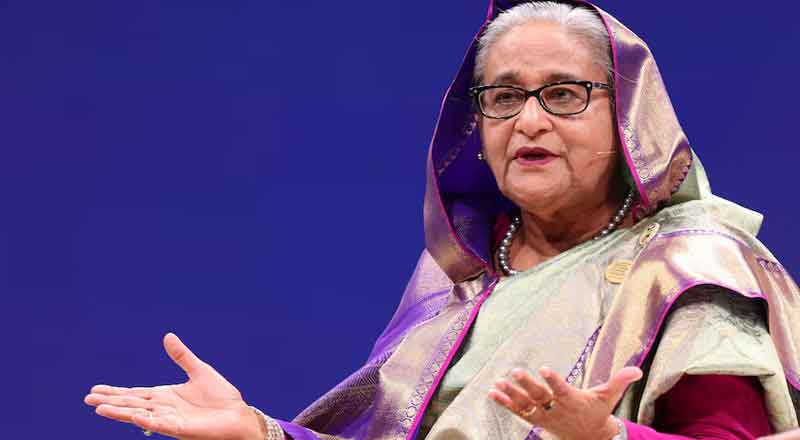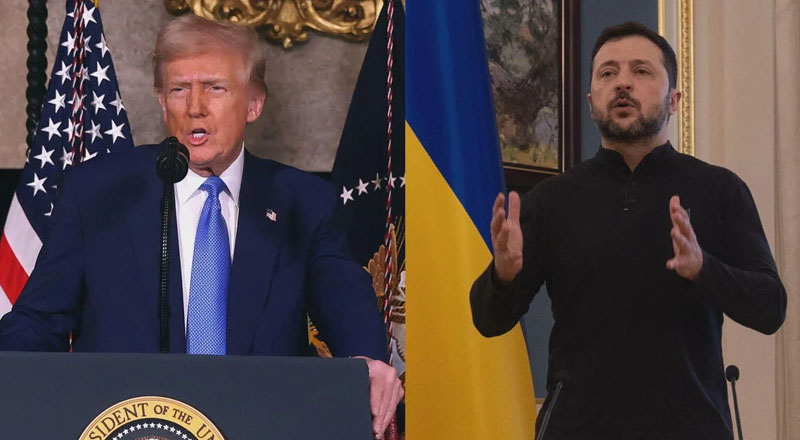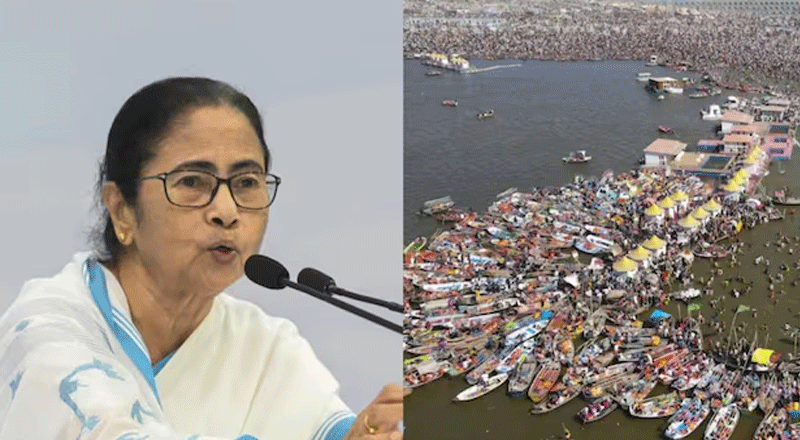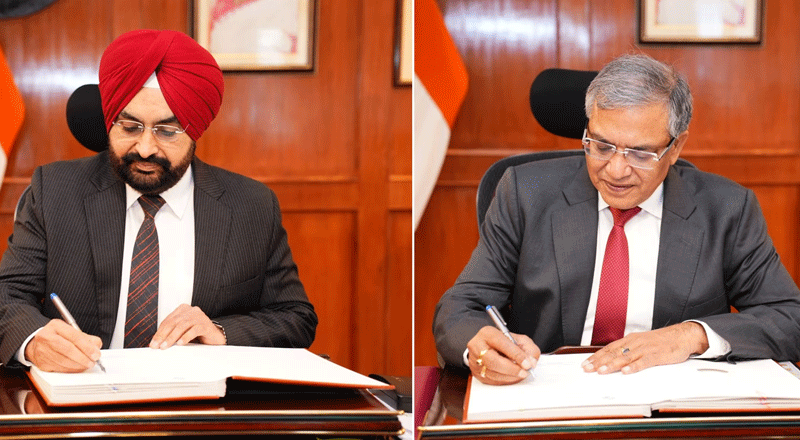Sheikh Hasina’s 15-Year Tenure Concludes
On Monday, Bangladesh witnessed a dramatic shift in its political landscape as Sheikh Hasina’s 15-year rule as prime minister came to an abrupt end. The end of Hasina’s tenure follows over a month of escalating protests and violent unrest. The situation reached a critical point on Sunday, when brutal clashes led to nearly 100 fatalities. In the wake of these events, Hasina fled the country, prompting the military to announce the formation of an interim government.
The Surge of Protests and Government Crackdown
The protests that ultimately led to Hasina’s resignation began in early July, initially centered around demands for changes to job quotas. However, the movement rapidly grew, evolving into a broader call for Hasina’s resignation. The government’s response was severe, with a violent crackdown on demonstrators that intensified the unrest. This response triggered further demonstrations, leading to a significant loss of life and widespread disruption across the nation.
Political Reactions and Immediate Actions
In the aftermath of Hasina’s departure, Bangladesh President Mohammed Shahabuddin took decisive action by dissolving parliament on Tuesday. This move aims to pave the way for an interim administration to stabilize the country. The dissolution of parliament came just one day after Hasina’s resignation and flight, highlighting the urgency of addressing the political vacuum left by her abrupt exit.
The World Bank has begun assessing the implications of these recent events on its financial aid programs to Bangladesh. The crisis has attracted international attention, with the United States calling for calm and emphasizing the need for a democratic and inclusive process in the formation of the interim government. This global concern reflects the broader implications of Bangladesh’s internal instability for international relations and financial stability.
Local Developments and Key Figures
In Bangladesh, the political vacuum has led to significant local developments. Student leaders have proposed Nobel laureate Muhammad Yunus as a potential head for the caretaker government. This proposal highlights the desire for a respected figure to lead the country through this turbulent period. Additionally, Khaleda Zia, the leader of the main opposition Bangladesh Nationalist Party and a long-time rival of Hasina, was released from house arrest. This release marks a notable development in the ongoing “Battle of the Begums,” a prolonged political rivalry between Hasina and Zia.
President Shahabuddin’s administration is actively working to stabilize the situation. The decision to release Khaleda Zia followed extensive discussions with defense chiefs and political leaders, reflecting a broader effort to address the political and social instability gripping the nation.
Regional and International Reactions
The crisis in Bangladesh has also had repercussions beyond its borders. In West Bengal, authorities have issued warnings against sharing provocative content related to the situation, aiming to prevent further escalation. West Bengal Governor CV Ananda Bose has assured that the border with Bangladesh is secure and that measures are in place to prevent unauthorized crossings into India.
Sheikh Hasina’s Current Status and Future Plans
Sheikh Hasina arrived in India on Monday evening following her resignation. During her visit, she met with India’s National Security Advisor, Ajit Doval, at the Hindon Air Base in Ghaziabad. Discussions focused on the ongoing crisis in Bangladesh and Hasina’s plans moving forward. As Bangladesh navigates this critical juncture, the formation of a new interim government remains a key focus for both domestic and international observers, reflecting the broader implications of this political upheaval for the country’s future stability.
(With inputs from agencies)





